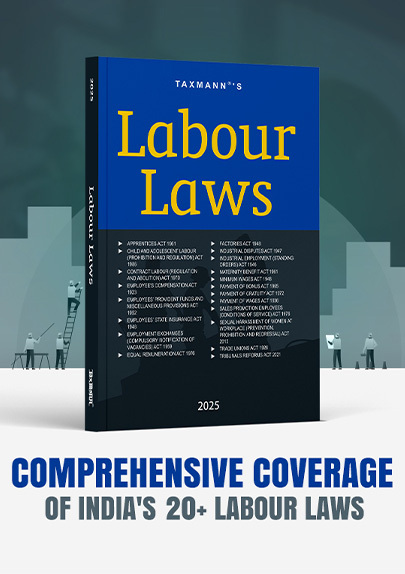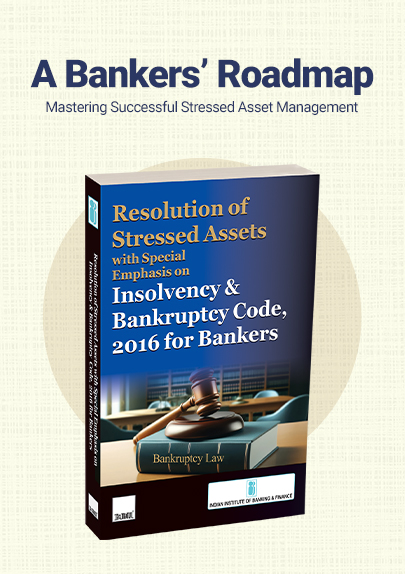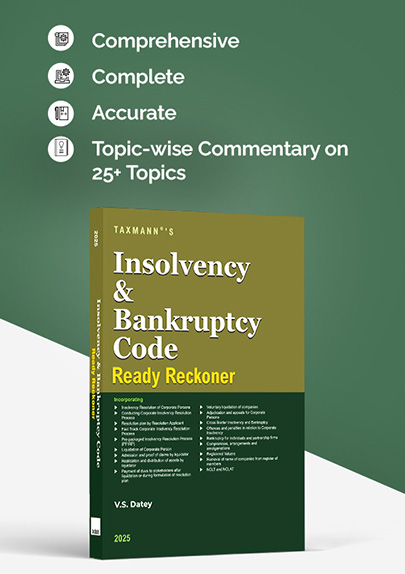Writ Petition Wasn’t Maintainable Where Petitioner-Borrower Had an Alternative Remedy u/s 17 of SARFAESI Act | HC
- News|Blog|FEMA & Banking|
- 2 Min Read
- By Taxmann
- |
- Last Updated on 28 November, 2024
Case Details: Neelkanth Yarn v. Punjab National Bank - [2024] 168 taxmann.com 575 (HC-Himachal Pradesh)
Judiciary and Counsel Details
- Tarlok singh chauhan & Ranjan Sharma, JJ.
- Chanchal K. Singla, Antriksh Sharma & Dhananjay Sharma, Advs. for the Petitioner.
Facts of the Case
In the instant case, the petitioner-firm, registered as Micro, Small and Medium Enterprises (MSME), had availed various financial assistance from the respondent-Bank. Later on, the petitioner came under financial stress and, thus, failed to repay dues.
The petitioner requested the Bank to consider its account for restructuring and preparation of a correcting action plan. However, the bank did not pay any heed and, instead of sending its case before the committee constituted for the purpose, chose to declare the petitioner’s account as NPA and issued a notice u/s 13(2) of the SARFAESI Act, 2002, to the petitioner.
Thus, the petitioner filed an instant writ seeking direction to the bank to recall the said notice and to keep proceeding under the SARFAESI Act in abeyance until a Corrective Action plan (CAP) was prepared and executed by the committee for stressed MSME constituted under the RBI Master Circular dated 17.03.2016.
It was noted that time and again, the Constitutional Courts have frowned upon the practice of the High Courts in entertaining writ petition(s) against classifying a loan account as NPA and various measures taken by Banks/Financial Institutions under SARFAESI and have relegated parties to avail remedy under Section 17 of the SARFAESI Act.
High Court Held
The High Court held that where proceedings have been initiated under the SARFAESI Act and/or any proposed action is to be taken and the borrower is aggrieved by any of the actions of bank/financial institutions, it has to avail of a remedy under the SARFAESI Act. No writ petition would lie and/or is maintainable and/or entertainable save and except to a limited extent.
Further, the High Court held that the Writ Court, in the exercise of its jurisdiction, could not consider the bank’s decision to classify the petitioner’s account as NPA. Therefore, the instant petition was not maintainable and was accordingly dismissed, leaving the petitioner free to avail of the remedy u/s 17 of the Act as and when Section 13(4) was invoked by the Bank.
List of Cases Reviewed
- South Indian Bank Ltd. v. Naveen Mathew Philip 2023 6 SCALE 224. (Para 25);
- G. Vikram Kumar v. State Bank of Hyderabad, AIR 2023 Supreme Court 2359 (Para 26) followed
List of Cases Referred to
- Central Bank of India v. Ravindra 2002 (1) SCC 367 (para 7),
- M/s Sardar Associates v. Punjab & Sind Bank 2009 (8) SCC 257 (para 7),
- M/s Radha Krishan Industries v. State of Himachal Pradesh 2021 (6) SCC 771 (para 7),
- Mardia Chemicals Ltd. v. Union of India (2004) 4 SCC 311 (para 10),
- In Transcore v. Union of India 2008 1 SCC 125 (para 11)
- Punjab National Bank v. Imperial Gift House, (2013) 14 SCC 622 (para 22).
Disclaimer: The content/information published on the website is only for general information of the user and shall not be construed as legal advice. While the Taxmann has exercised reasonable efforts to ensure the veracity of information/content published, Taxmann shall be under no liability in any manner whatsoever for incorrect information, if any.





 CA | CS | CMA
CA | CS | CMA


